How can I start creating melody that goes with my chord progression?
1. One way would be to play the progression using different inversions of the chords as you make smooth stepwise motion in your chord progression. If you don’t know how to do that, ask a competent keyboard player. Once you come up with some nice smooth and melodic connections of the chords the melodies will begin to be obvious to you immediately. You probably won’t hear the melody “all at once” but you will hear the basic skeleton and then the more you work with it you can then start to hear how to embellish it and come up with an interesting melody. Don’t think about the theory of what are the correct notes of each chord, just let your ear guide you and try to let it happen organically. Sing along to a recording of your progression and record what you sing. Do that over and over until you come up with the strongest melody. The more you work with the progression the easier it will get to hear the notes that work naturally over the chords.
2. The other way would be to set some kind of rhythmic feel with the progression that you may already have in your head, and lay that down on a recorder or garageband. After you have a basic feel or groove laid down, play that track over and over as you listen in your head for melodies that come naturally from the progression. Do this over and over and eventually you may even be able to hear the progression even without the recording. If you’re able to hear the whole thing at once in your head then just close your eyes and see if you can hear a melody. Just relax and put it in a loop in your head and eventually you can just start to sing little melodies that you come up with and at that point you’ll want to record them as your experimenting. The more you get the progression in your head the easier you will start to hear an organic melody, rather than just trying to peck something out on the piano or other instrument, it will usually get in the way as you stumble trying to find the notes. Instead, try letting your creative mind work without being distracted by the technique of the instrument. Using your voice in conjunction with your ear is always the most natural and musical way to create music.
There’s plenty of other ways to create melodies as well but in general, using your imagination rather than trying to try to play it on an instrument, even if you’re proficient on the instrument, it will tend to get in the way so try using your voice and record it so that you can go back and transcribe it. Your voice does not get in the way (except if you have absolutely no concept of pitch) and by using your voice you are in more direct connection with your creative mind. It’s a skill, but if you practice it on a daily basis you will start to develop your ability to come up with very musical melodies.
